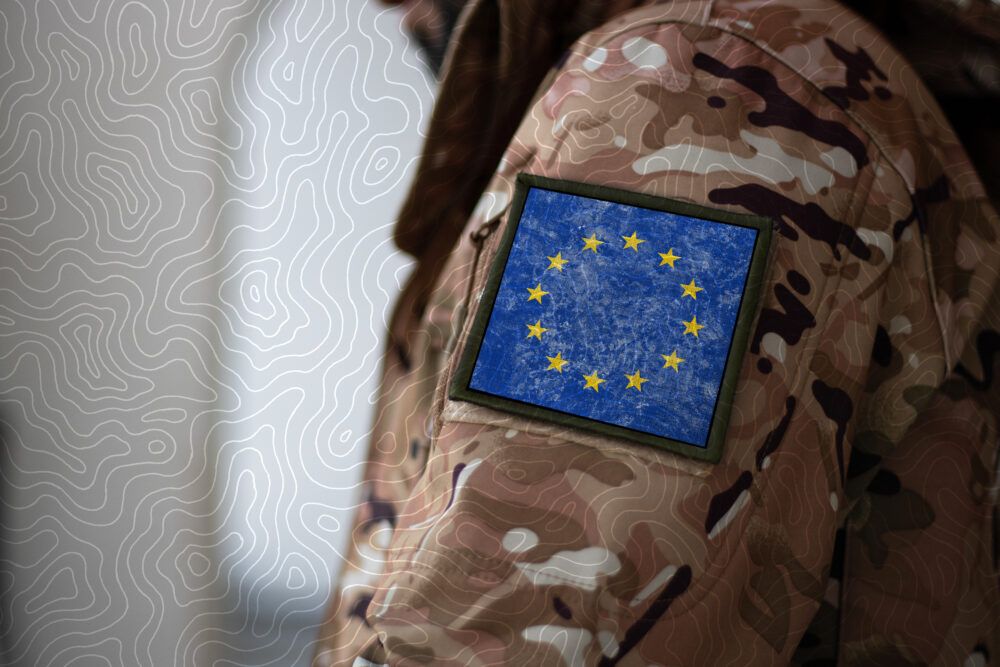
Military mobility: a new logistical challenge for Europe
Military mobility has become a strategic priority for the EU, especially following the Russian invasion of Ukraine and the new geopolitical context. Aware of this, the European Commission has promoted new initiatives and a significant increase in funding to adapt transport infrastructure and simplify regulations in the face of new challenges.

Carles Rúa is the Chief Innovation Officer at the Port de Barcelona and Director of the Master’s degree in Executive in Supply Chain Management at the UPC.

The European Commission defines "military mobility" as "the ability of the European Union and its Member States to transport, move and deploy personnel, equipment and military supplies quickly and effectively within and across the borders of Member States, ensuring a timely and effective response by the armed forces of those Member States".
Military mobility has become particularly relevant following Russia's aggression against Ukraine and the problems encountered by the armed forces of European countries in their movement across the continent.
As a consequence, Europe has been improving its capabilities. Since the European Union launched the Military Mobility Action Planin 2018, and more recently with the update called Military Mobility 2.0 in November 2022, progress has been made in the movement of troops and military equipment across Europe. This update established four basic pillars:
- Pillar I: Infrastructure: Investment and adaptation of transport networks for military and civilian use.
- Pillar II: Regulatory framework: Simplification and harmonisation of rules and procedures.
- Pillar III: Capabilities and preparedness: Development of logistical capabilities and resilience to threats.
- Pillar IV: Partnerships: Strengthening cooperation with external partners, especially NATO.
However, three years after its publication, there are still obstacles that hinder the agile movement of troops. In terms of financing, the European Court of Auditors' special report of 2025 "EU military mobility Full speed not reached due to design weaknesses and obstacles en route" indicates that although pillar I falls under the financial umbrella of the CEF programme (Connecting Europe Facility) and pillar II falls under the umbrella of the European Defence Fund, there is no specific funding for the implementation of pillars III and IV.
Among the existing barriers today, the following can be highlighted:
- Regulatory barriers, rules and administrative procedures that vary between countries related, for example, to permits to cross borders with military vehicles, regulations on the weight and size of vehicles, or customs procedures.
- Infrastructure barriers, as not all European infrastructure (roads, bridges, railways, ports, airports) is prepared for the transit of heavy military vehicles or large convoys.
- Capability barriers, as there are substantial differences in the logistical resources of the different member states.
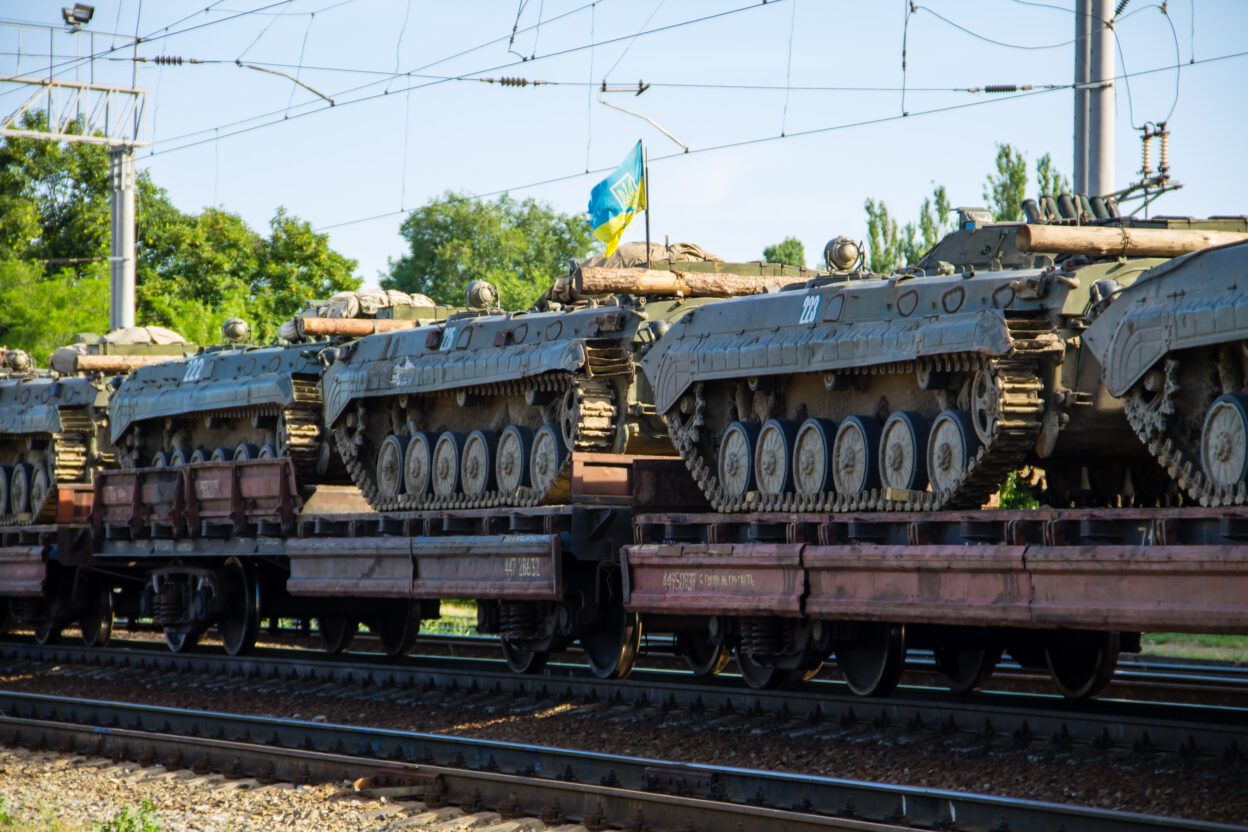
White Paper for European Defence – Readiness 2030
In March 2025, the European Commission published the document "White Paper for European Defence – Readiness 2030", which establishes the future roadmap for strengthening European defence in an increasingly uncertain geopolitical environment, marked by Russian aggression in Ukraine, the increase in hybrid and cyber threats, and growing global strategic competition.
In this document, the EU recognises the need to improve collaboration between Member States on defence and increase European autonomy in the military field, while maintaining close collaboration with NATO.
To develop these defence capabilities, the White Paper proposes various initiatives, among which the "ReArm Europe" plan stands out, which proposes the mobilisation of up to 800 billion euros to increase European capabilities; the introduction of the SAFE financial instrument, which will allow States to invest in certain key areas such as missile defence, drone development, cybersecurity or military mobility.
It also proposes facilitating the increase in military spending by European countries within the EU's fiscal limits and the creation of coalitions for the development of collaborative projects such as EDPCI (European Defence Projects of Common Interest) or SEAP (Structured European Armaments Programme) structures, which form a new legal framework within the European Defence Industrial Strategy to facilitate and expand cooperation between Member States in the acquisition and development of weapons systems.
The document identifies seven priority areas to close gaps:
- air and missile defence,
- artillery systems,
- ammunition and missiles, drones and anti-drone systems,
- military mobility,
- advanced technologies (AI, cyber, electronic warfare)
- strategic capabilities
- and military mobility
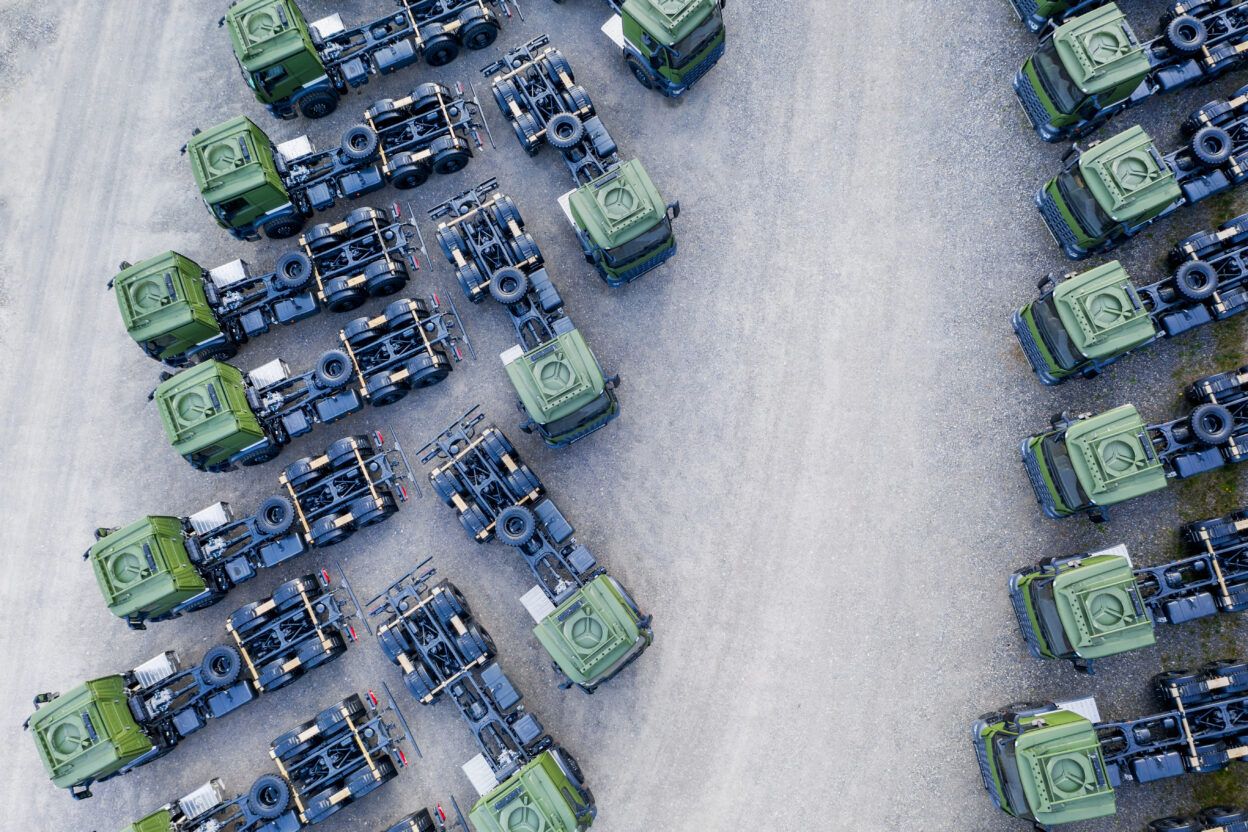
Military mobility and the single defence market
Military mobility is considered essential to ensure a rapid response to crises and to support Ukraine. The document identifies bureaucratic obstacles such as customs and inconsistent procedures between Member States that hinder the efficient transport of troops and equipment.
The proposed measures are:
- Regulatory simplification to prioritise military access to transport networks.
- Urgent investment in four critical multimodal corridors (road, rail, air and sea) to facilitate rapid troop movement.
- Joint acquisition of dual-use transport assets, such as vehicles and infrastructure that serve both civilian and military purposes.
- Review of existing regulations and removal of obstacles that prevent efficient military transport.
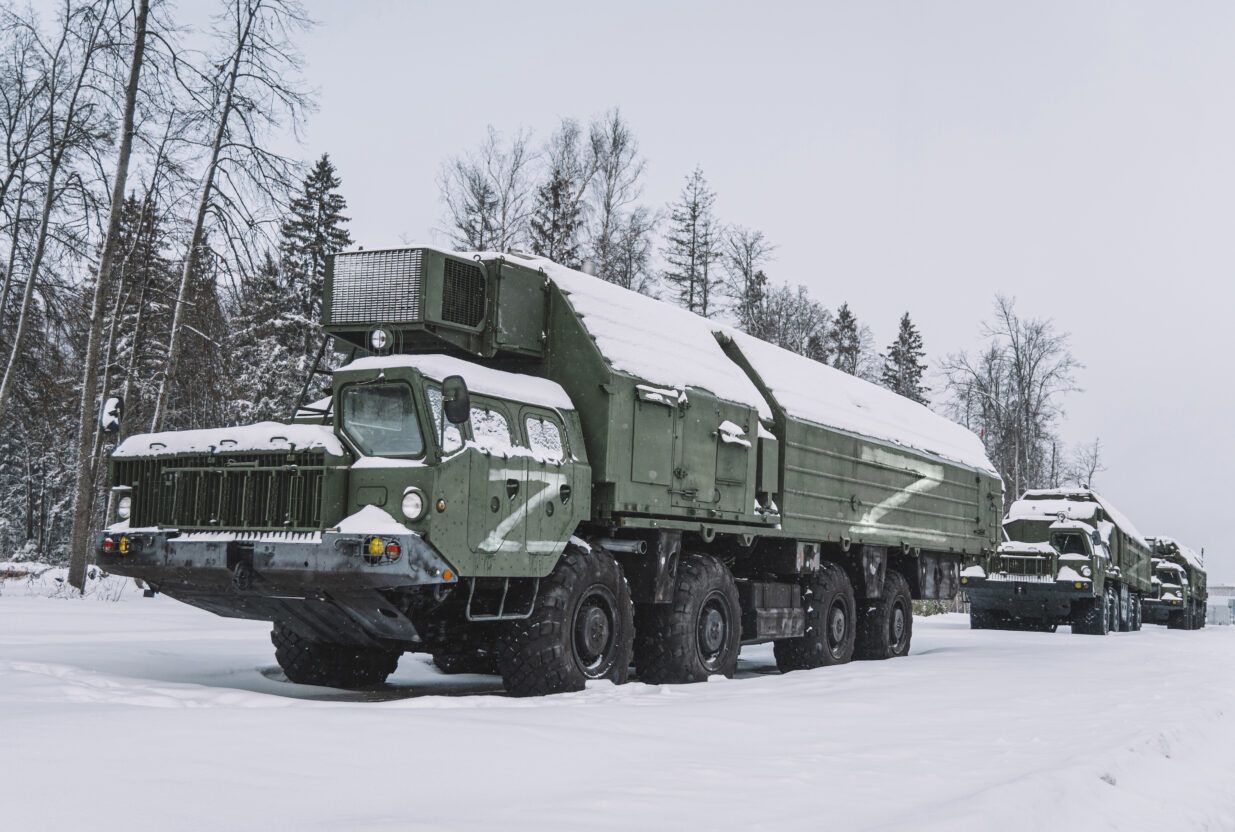
Financing the proposals
The European Commission has presented a proposal for the EU's next Multiannual Financial Framework (MFF), which contemplates a very significant increase in funding for defence and security, especially through two programmes: the Connecting Europe Facility (CEF) and the European Defence Fund (EDF).
There is a 94% overlap between the EU's military mobility network and the TEN-T network, which means that the TEN-T network's transport infrastructure would directly improve military mobility. This is why the CEF (Connecting Europe Facility) programme for transport infrastructure directly affects military mobility.
In fact, the CEF programme originally had a budget for military mobility for the period 2021 to 2027 of 1,691 million euros, which was increased to 1,737 million euros due to the worsening geopolitical situation. The contribution of funds has been growing as calls have been published: the 2021 call allocated 330 million euros to 22 selected projects, the 2022 call allocated 616 million euros to 35 projects and the 2023 call financed 38 projects with 807 million euros, consuming the remaining funds.
- For the new budget period (2028-2034), the CEF programme proposal currently being negotiated plans to increase CEF funds for trans-European transport networks (TEN-T) to 51.5 billion euros, of which 17.7 billion, one third of the total, will be allocated to military mobility. In practice, this would mean multiplying by 10 the funds dedicated to this concept in the new financial period compared to the current one.
The proposal also makes it clear that funds should be concentrated on infrastructure with a solid cross-border component (including ports in this cross-border characterisation) and on transport projects that are oriented towards dual civilian and military use. In fact, one of the specific objectives of the programme is, verbatim, "to adapt parts of the trans-European transport network for the dual use of transport infrastructure with a view to improving both civilian and military mobility, paying special attention to the four priority EU military mobility corridors established by Member States".
The European Defence Fund (EDF) is the European Union's main financial instrument to strengthen the EU's strategic autonomy and create an industrial and technological defence base with the following basic objectives:
- Boost R&D in defence: Finance innovative collaborative projects that integrate new technologies into European defence systems.
- Reduce industrial fragmentation: Avoid duplication and promote European consortia to develop key technologies.
- Foster cross-border cooperation: Facilitate collaboration between companies, research centres and entities from different EU countries.
- Support competitiveness and efficiency: Improve the efficiency of defence spending and promote interoperability between Member States' military capabilities.
The European Defence Fund (EDF) will increase from the current 8 billion euros (period 2021-2027) to approximately 130 billion euros for the period 2028-2034. This means multiplying the current allocation by more than 16 and reflects the extent to which defence is a strategic priority for the EU, following the war in Ukraine and the new geopolitical context.
On the other hand, and to complement these funds, the European Commission has urged Member States to request the activation of the escape clause to be able to allocate additional funds to military mobility projects, excluding such spending from the usual fiscal rules.
- The escape clause (or national safeguard clause) is a mechanism provided for in the European Union's economic governance framework that allows Member States to temporarily deviate from common fiscal rules in certain circumstances, such as a security or defence crisis. Its activation allows for a significant increase in public spending on defence, without transgressing the deficit and debt limits defined by the EU.
In the current context, Member States can increase their investment in military capabilities and defence, including military mobility infrastructure (for example, ports, railways and dual-use civilian-military roads), without these expenses counting towards the national deficit for a period of four years and up to a maximum of 1.5% of GDP. At the beginning of summer, 16 of the 27 countries had made a coordinated request to activate this escape clause.
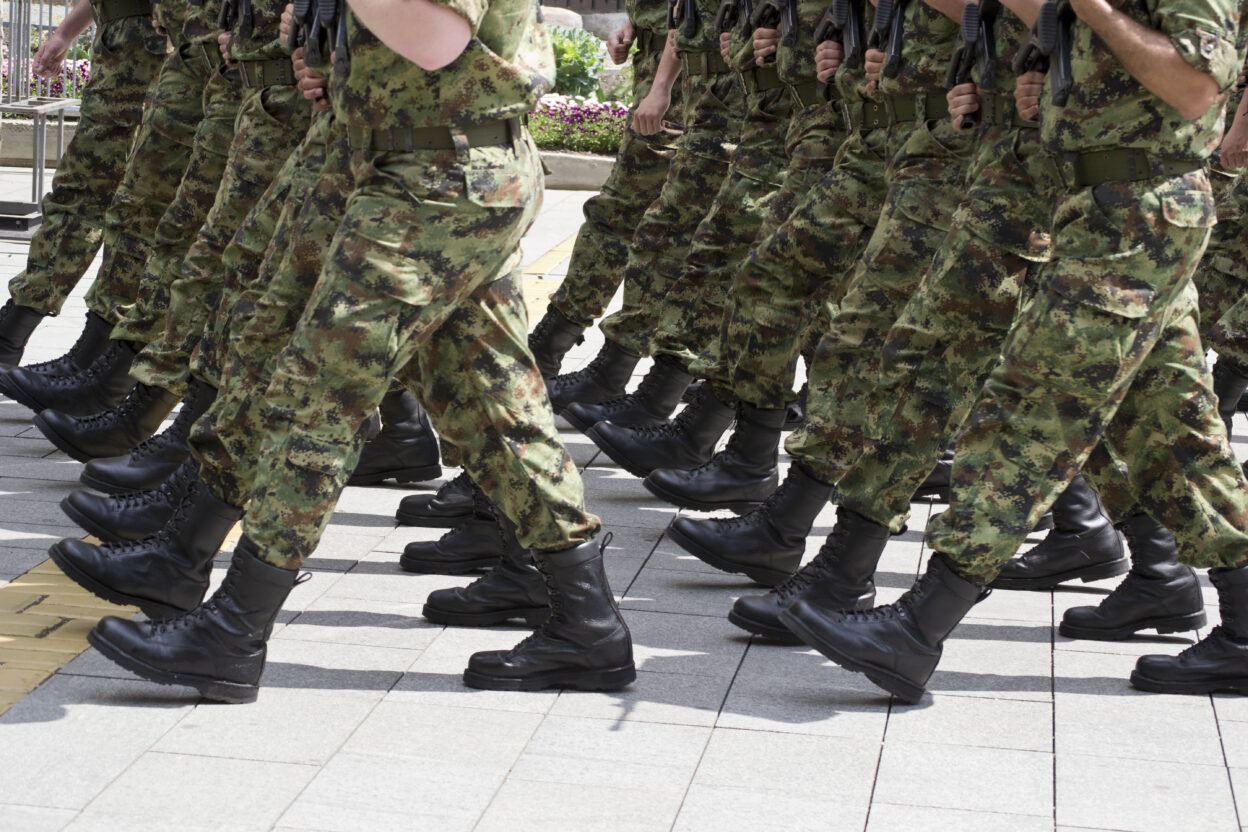
The European roadmap
To implement this strategy, in addition to the significant increase in funds for defence and dual use, the European Commission has proposed a roadmap consisting of the following package of measures:
- A specific Communication on military mobility that defines the strategic framework for coordinating the logistical and infrastructure capabilities of member states. This Communication will establish guidelines for the harmonisation of procedures and the elimination of administrative barriers. This Communication is expected to be ready by the end of 2025.
- A proposal for a Regulation on military mobility in the EU. This Regulation will contemplate technical requirements for infrastructure (road, rail, air and sea), simplified procedures for obtaining authorisations and monitoring and evaluation mechanisms for implementation by Member States. The objective is to guarantee regulatory coherence and legal certainty, facilitating the agile deployment of armed forces. The formal proposal for the Regulation is expected to be presented at the end of 2025, to be adopted during 2026 following the usual legislative process.
- A proposal for an Emergency Framework that will include, among other aspects, rules for priority access by armed forces to critical infrastructure in crisis situations. This framework will establish clear procedures for the activation of exceptional measures, ensuring the availability of transport, energy and communications networks for military operations. It also provides for coordination with national and European authorities to ensure an effective and coordinated response in emergency scenarios. The proposal will be presented for public consultation in the first half of 2026, with the idea that it be adopted before 2027.
- As part of its comprehensive approach, the European Commission proposes to review existing legislation on vehicle weights and dimensions, in order to adapt civilian regulations to the specific needs of military mobility. Modifications are planned to allow the transit of larger and heavier military vehicles through civilian infrastructure, without compromising their safety or integrity. In addition, adjustments are being studied to regulations relating to cross-border authorisations, customs procedures and technical requirements, with the aim of reducing operating times and costs. Legislative proposals in this regard are expected to be presented during 2026 and implemented gradually until 2028.
A first preview of these new policies was presented on 16 October in Brussels with the communication "Preserving Peace - Defence Readiness Roadmap 2030". In it, the EU presents its roadmap for "modern warfare", defines priority areas of action, in which military mobility is once again highlighted, and proposes four flagship initiatives to begin work on: the anti-drone wall, surveillance of the eastern flank, the air shield and the space shield. The first of these measures must be fully operational by the end of 2027.
In this statement and in relation to military mobility, it was announced that "in November an ambitious package on Military Mobility will be presented, which will include proposals to establish a unified regulatory framework that facilitates the transport of equipment, goods and passengers for military or civil protection purposes throughout Europe, as well as specific amendments to current EU legislation to better adapt military mobility requirements in dual-use infrastructure".

Conclusions
The return to the European continent of high-intensity warfare, with the invasion of Ukraine as a trigger, has revealed the EU's limitations in terms of military mobility and has forced it to adapt its priorities to the new geopolitical context and prepare more effectively against possible future aggressions. More funds and new regulations pave the way for integrating defence policy with transport policy. Thus, in the coming years, military logistics will interact seriously with civilian life and infrastructure will have to adapt to the new context.


